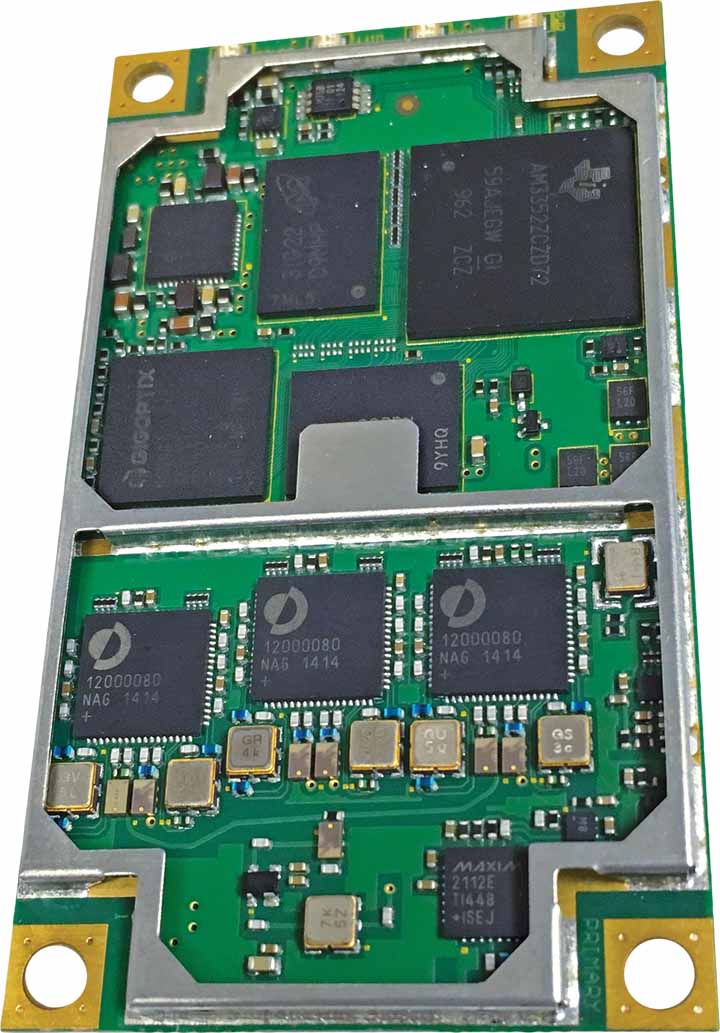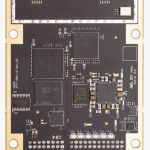 Eclipse P326
Eclipse P326Hemisphere GNSS has introduced two new OEM boards, the Eclipse P326 and P327, designed for machine control, land or marine survey, and agriculture applications. The boards support GPS, GLONASS, BeiDou, Galileo, and Japan’s QZSS (Quasi-Zenith Satellite System).
The boards are the first within the Eclipse product line to have refreshed low-power capability, reduced size, cost, and weight, the company said. P326 and P327 offer centimeter-level accuracy in either single- or multi-frequencies, using signals from multiple GNSS constellations. and Atlas-capable modes.
Hemisphere GNSS has introduced two new OEM boards, the Eclipse P326 and P327, designed for machine control, land or marine survey, and agriculture applications. The boards support GPS, GLONASS, BeiDou, Galileo, and Japan’s QZSS (Quasi-Zenith Satellite System).
The boards are the first within the Eclipse product line to have refreshed low-power capability, reduced size, cost, and weight, the company said. P326 and P327 offer centimeter-level accuracy in either single- or multi-frequencies, using signals from multiple GNSS constellations. and Atlas-capable modes.
Because of its small size (41 x 71 millimeters), P326 is a drop-in upgrade for Hemisphere’s existing products. The P327 module, larger at 41 x 72 millimeters, is a drop-in upgrade for standard 20-pin modules manufactured by other companies, the company said.
The company hopes that the new boards will appeal to system integrators because they have integrated L-band to support Hemisphere’s Atlas correction service, 50-hertz future output rates, and 394-channel tracking, said Jennifer Keenan, Hemisphere GPS product marketing manager.
Powered by the Athena GNSS engine, P326 and P327 operates in open skies, under heavy tree canopy, and in regions experiencing scintillation, the company said. The boards also feature the company’s SureFix processor that delivers real-time kinematic (RTK) information. In addition, the company’s Atlas-based aRTK technology enables the P326 and P327 to continue generating high-precision positions when other RTK correction data are unavailable, Hemisphere GNSS says.
The boards’ Tracer technology allows them to continue positioning during signal outages, the company says.


![Hemisphere GNSS Announces New Vector Eclipse H328 OEM Positioning and Heading Board PostHemisphereGNSS_H328[2] copy.png](https://insidegnss.com/wp-content/uploads/2018/01/PostHemisphereGNSS_H328[2] copy.png)


